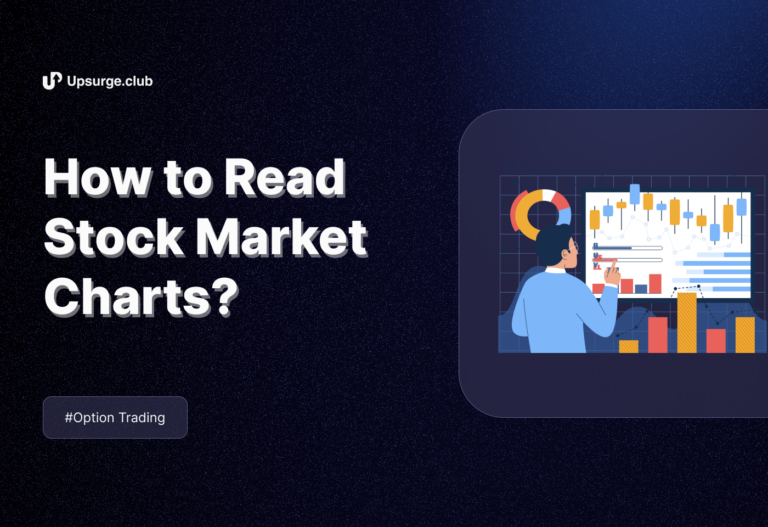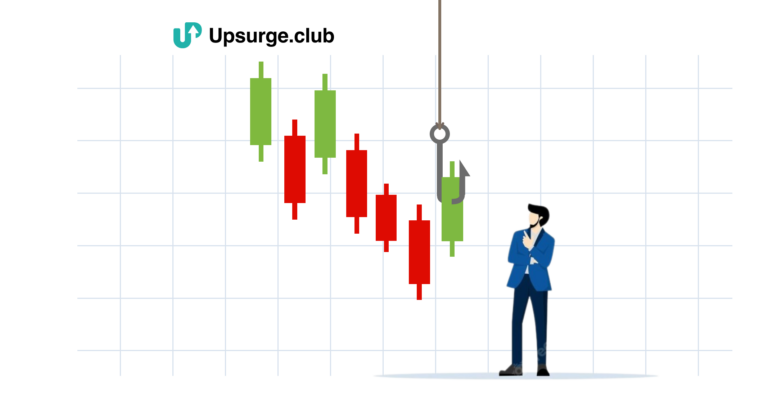Technical analysis is a popular method used by traders to predict future market movements. As a beginner, taking online technical analysis courses can provide you with a strong foundation. Once you have learned the basics, you can use technical indicators to track the market and make potentially successful trades. But which is the best indicator for trading? Let’s find out.
Best Indicators for Trading
One of the key aspects of technical analysis is utilizing indicators. Indicators are tools used in technical analysis to interpret financial data, such as stock prices and volume, and provide insight into potential trading opportunities.
They are calculations that are based on historical data and are used to identify trends, momentum, and potential buy or sell signals. Here are some of the best indicators for trading.
1. Internal Indicator
Internal indicators are a group of indicators that are based on the internal dynamics of a particular security. They measure the strength of a security’s price and volume activity. Examples of internal indicators include On Balance Volume (OBV), Accumulation/Distribution, and Chaikin Money Flow.
2. Moving Averages
Moving averages are the most widely used indicators by traders. They are used to smooth out price action and help traders identify trends. It can be calculated by tracking security over a period and averaging its price with that period.
The most commonly used moving averages are the 50-day and 200-day moving averages which can be helpful in both intraday and swing trading.
3. MACD Indicator
The Moving Average Convergence Divergence or MACD indicator is a trend-following momentum indicator that is used to measure the difference between two moving averages. It is used to identify the direction of the trends, potential buy and sell signals, as well as bullish and bearish divergences.
4. Relative Strength Index (RSI)
RSI compares the magnitude of recent gains to recent losses and generates a value between 0 and 100. When the RSI is above 70, it is considered overbought and indicates that the security is likely to experience a price decline. Conversely, when the RSI is below 30, it is considered oversold and indicates that the security is likely to experience a price increase.
5. Bollinger Bands
Bollinger Bands are a technical indicator that is commonly used by traders to measure volatility and identify potential buying and selling opportunities. The indicator consists of three lines: a simple moving average (SMA), an upper band, and a lower band. Apart from measuring volatility, Bollinger Bands help identify breakouts, trend reversals, and trade entry and exit points.
6. Stochastic Oscillator
The Stochastic Oscillator measures the momentum of a security by comparing its closing price to its price range over a specific time frame. It is a technical indicator that is commonly used by traders to identify potential buying and selling opportunities. The indicator compares the closing price of a security to its price range over a specific period, usually 14 days.
Choosing the Best Indicator for Trading
When choosing indicators for trading, it is important to remember that no indicator is perfect and suitable for every trade. Each indicator comes with pros and cons, and it is important to use indicators in multiples to get a complete picture of the market.
A trader can use a combination of indicators to identify potential buy and sell signals and to confirm the strength of a trend. Additionally, different indicators may be more effective in different market conditions. For example, moving averages may be more effective in trending markets, while oscillators may be more effective in choppy markets.
Following technical theories can help in choosing indicators. One such theory is the Dow theory. Dow theory is a market timing system that is based on the idea that market trends are established by the actions of the “smart money” (i.e., institutional investors). While Dow theory is not a technical indicator, it can be used to confirm or provide more context to the trend identified by technical indicators.
A trader needs to test different indicators and combinations of indicators in various market conditions to find what works best for them.
Take a Technical Analysis Course Online
Taking a technical analysis course online can be extremely helpful for traders who are looking to improve their understanding of indicators and how to use them effectively. These courses typically cover a wide range of topics, including the basics of technical analysis, different types of indicators, and how to use them in combination with other tools and indicators to make better trading decisions.
Upsurge.club offers excellent courses on Technical Analysis that provide deep knowledge about technical and internal indicators as well as retracements, theories, charts and patterns, and much more. It is a complete package for traders looking to adopt technical analysis in their daily trading. What’s more? The courses are also cost-effective and can be completed in under 4 hours!
Conclusion
Technical indicators are an essential tool for traders in technical analysis. However, no one indicator is best for trading, as each has its own strengths and weaknesses. Traders should use a combination of indicators to identify potential buy and sell signals and confirm the strength of a trend.
Taking a technical analysis course online from reputed platforms such as Upsurge.club can strengthen your understanding of indicators and how to best combine them for making potentially profitable trades.



